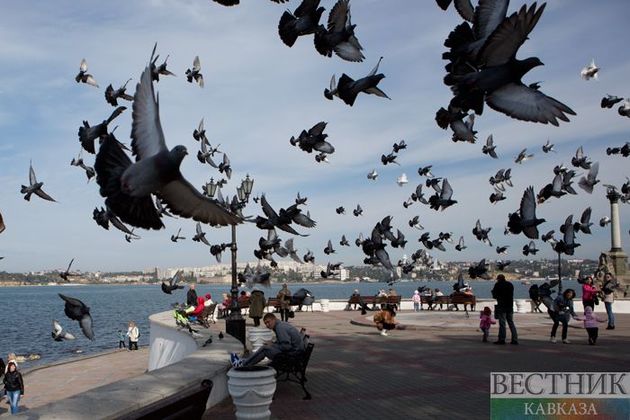On June 21, 2021, the European Union once again extended economic sanctions against Crimea for a year, prohibiting individuals and organizations from importing products from the peninsula and from Sevastopol. Investment, trade and the tourism sector are also still limited. But are the measures taken by the European bloc with regard to Crimea really so significant?
Is the peninsula in oblivion? Or European efforts are nothing more than an attempt to meet the expectations of a partner on the other side of the Atlantic?
According to data for 2013, Crimean enterprises exported products worth $ 904 million. The largest share of exports, 26%, fell on Russia. Traditionally, 23% were exports to European countries. The main goods sent to the European Union were represented by products of inorganic chemistry - 35%, minerals -34%, as well as alcoholic and non-alcoholic beverages - due to the developed culture of viticulture.
In the first transitional year after the accession of the peninsula to Russia, export volumes fell to $ 79 million, nevertheless, the trade balance of the Republic of Crimea turned out to be positive due to the export of grain crops and oil products to Saudi Arabia and Cyprus.
According to the head of Crimea, Sergei Aksenov, the external turnover of Crimean goods in 2019 amounted to $ 70 million, which is certainly less than before the European sanctions, but despite this, the growth of the Crimean economy accelerated to 5.1%. In addition, according to the draft strategy for the socio-economic development of Crimea until 2030, in the period from 2021 to 2026, an increase in foreign economic activity is expected due to new agreements with the countries of Africa, Asia and Latin America. In addition, internal, interregional trade ensures sustainable growth of the republican budget: by the end of 2019, for example, the peninsula's revenues increased to 46.7 billion rubles. The growth of the gross regional product in 2020 was recorded at 3.1%.
As of January 1, 2012, the EU countries invested $ 324 million in the Crimean economy, and the total direct investment amounted to $ 1.17 billion. In 2020, investments in the fixed capital of the Republic of Crimea reached $ 3.1 billion. Foreign investment in the Crimean economy exceeded $ 71 million. According to the Minister of Finance of the Crimea Irina Kiviko, the number of enterprises run by foreigners increased by 37%. Now in Crimea, 1,500 investment projects are being implemented, and in 2012 there were only 80 of them, despite the participation of European companies.
Economic sanctions from the European Union have had an impact on the Republic of Crimea, but not in the way Brussels had hoped. The peninsula is developing, finding new foreign partners, implementing many investment and infrastructure projects






